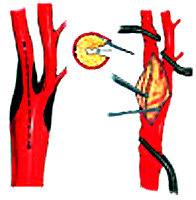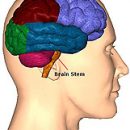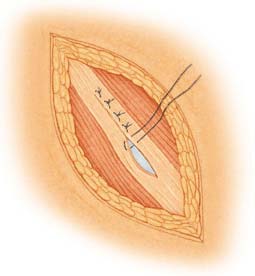What surgical interventions are needed to restore the driving arteries when they are narrowing atherosclerotic plaques? Who is held
endovascular interventions on carotid arteries? Read in this article.
Content
Carotid endarterectomy
The operation lies in the open removal of plaques from the carotid artery. Anesthesia — Local anesthesia with intravenous introduction of light sleeping drugs. This type of anesthesia allows you to control the state of the brain during the religion of sleepy arteries. If necessary, a special temporary shunt is used to ensure that blood circulation of the brain is not broken during operation. In difficult cases, general anesthesia is used, and the observation of the state of the brain is carried out on the basis of cerebral oximetry (measurement of the level of oxygen in cerebral blood)
«Classic endarterectomy»
 With a long atherosclerotic plaque used «Classical» ENDARTEREKTOMIA technique.
With a long atherosclerotic plaque used «Classical» ENDARTEREKTOMIA technique.
Incision for the entire length of the altered artery. Special tool carries out the blank and removing it.
Place operation is well washed to remove small particles atherosclerotic plaques.
Inner shell, if necessary, fixed with separate seams.
Then the hole in the carotid artery is sewn using a special patch to avoid its repeated narrowing in the subsequent.
Eversioning endarterectomy
If an atherosclerotic plaque is located at the very beginning of the internal carotid artery, then it is applied by the removal method «Turning», The so-called eversion carotid endarterectomy. Internal carotid artery is cut off, the plaque peers, the artery is turned out as stockings before removing the plaques. Then the artery is sewn at the old place. This technique is much faster and easier «Classic», but happened only on the short — up to 2.5 cm atherosclerotic bottle.
Currently, operations in carotid arteries are safe, short. The risk of complications does not exceed 3%. Hospitalization in most cases is necessary for 3-4 days.
X-rayEndovascular methods
An alternative to the classic surgery has recently become X-ray-endovascular balloral dilatation and stenting sleepy arteries, but this intervention is shown only with certain clinical situations...
 In addition to open surgical intervention, for the restoration of the driving arteries, when they are narrowing atherosclerotic plaques, endovascular interventions are promising. These operations are carried out through a puncture in the artery on the thigh. A special probe with a cylinder, blowing, which stretch the clearance of the narrowed artery will be submitted to the affected artery. In order for the artery to not overlap again, its clearance is installed a special grid in the form of a tube (stent), which performs a frame function. Stenting not only less invasive; It is performed under local anesthesia and therefore reduces to a minimum duration of patient stay in hospital. The danger of these techniques was previously the fact that when conducting the probe, the plaque could turn around, and her pieces with a blood current could get into the brain, causing stroke. However, in recent years, the improved technology of endovascular interventions on carotid arteries significantly reduces the risk of stroke during this manipulation.
In addition to open surgical intervention, for the restoration of the driving arteries, when they are narrowing atherosclerotic plaques, endovascular interventions are promising. These operations are carried out through a puncture in the artery on the thigh. A special probe with a cylinder, blowing, which stretch the clearance of the narrowed artery will be submitted to the affected artery. In order for the artery to not overlap again, its clearance is installed a special grid in the form of a tube (stent), which performs a frame function. Stenting not only less invasive; It is performed under local anesthesia and therefore reduces to a minimum duration of patient stay in hospital. The danger of these techniques was previously the fact that when conducting the probe, the plaque could turn around, and her pieces with a blood current could get into the brain, causing stroke. However, in recent years, the improved technology of endovascular interventions on carotid arteries significantly reduces the risk of stroke during this manipulation.
Special filters traps are used to capture pieces of plaques. Currently, in leading clinics of the world, the risk of stroke during stenting is only a little higher than with open carotid endarterectomy.
In addition to open surgical intervention, for the restoration of the driving arteries, when they are narrowing atherosclerotic plaques, endovascular interventions are promising.Currently, endovascular interventions on carotid arteries are carried out in elderly patients having concomitant diseases that increase the risk of open operation. However, as clinical material accumulates and developing new brain protection technologies, in the near future, these interventions will be able to replace the open vascular surgery.









